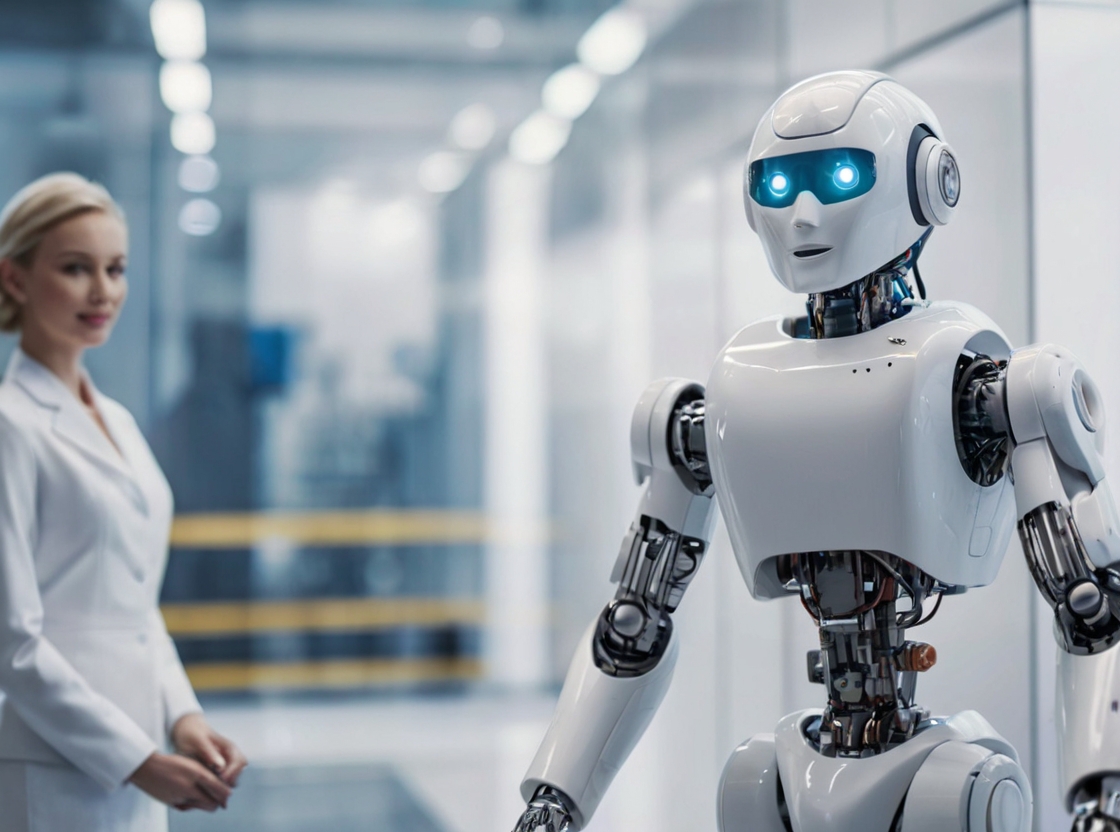There is an inspirational step in the involvement of robotics workers in the labor market. It is in the form of humanoid robots whose production is now common in many industries. Among the startups, such as Figure AI and its likes, robots with a more human-like appearance gain the attention of big tech companies and investors. For instance, recently, there appeared news about Fig AI, which launched the $675 mil rounds of funding from notable partners such as Microsoft, OpenAI, Nvidia, and Jeff Bezos.
Challenges of bipedal robots
Although they do have wheels, bipedal robots are presented with special tasks such as walking stably and turning effectively. Balancing tenants with tasks like lifting up objects is considered to be a significant engineering problem. Mr. Jonathan Aitken is a robotics researcher from the University of Sheffield who identifies the complexity involved in staying on the two feet needed during a robot walk to ensure dynamic stability.
The advent of Generative AI, being personified through the GR00T model created by Nvidia, presents a revolutionary prospect for roaming mobility because this technology helps to solve the complicated problems caused by bipedal robots. By cutting the lengthy procedure of code handwriting by AI, development becomes faster. However, connecting AI systems to a wider audience also demands that we address the problems that arise from the public’s lack of understanding of these algorithms.
Integration into existing infrastructure
Even with these challenges, human-robot compatibility is still possible in proximate surroundings such as warehouses and manufacturing facilities, where they are transformed into a valuable asset that complements human activities. Firms such as Amazon and BMW are looking forward to maximizing the limit of their operations by using humanoids. Digit robots are going all the way by Amazon to verify the Agility AI technology in old warehouses where automated systems don’t work due to a lack of space.
Making certain that interpersonal ventures of people and humanoid robots in a working environment require not only engineering but also human consideration. Studies show that the most successful human interactions with robots require particular attention to be paid to building enthusiasm for working alongside these machines. Humans can perceive robots more as part of themselves and less as inanimate objects if a small design change, like adding eyes with heads, is made to the robot.
Facilitating human-robot interaction
Language processing-related progress where an artificially intelligent bot understands humans naturally enables an employee to communicate effectively with a robot. This change streamlines the procedure by eliminating the necessity to have specialized programming skills at the hardware level, which, in the end, offers robotics technology to the masses. It is expected that robots can get into the job sectors by the wider spectrum of the workforce, which consists of non-technical personnel who can work directly with them.
Humanoid robots are just at the beginning of their career in the labor market, and their attention has shifted to their potential to coherently deal with different types of problems and put them into action and work in a team with humans. AI-based technologies look to be a source of great insights and solutions, yet practitioner opinions remain important for their successful implementation and finding roots in conventional places of work. As robots with artificial intelligence capabilities continue to evolve with more robotics development, the age of humanoid robots in the job market might become imminent.
Original Story From https://www.thedailyupside.com/technology/humanoid-robots-have-arrived/





